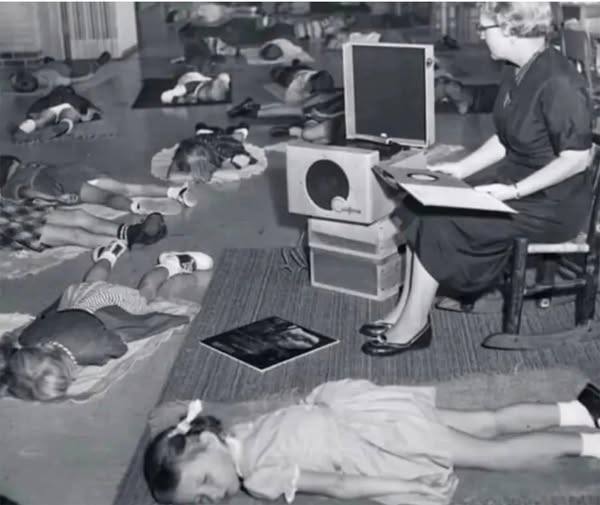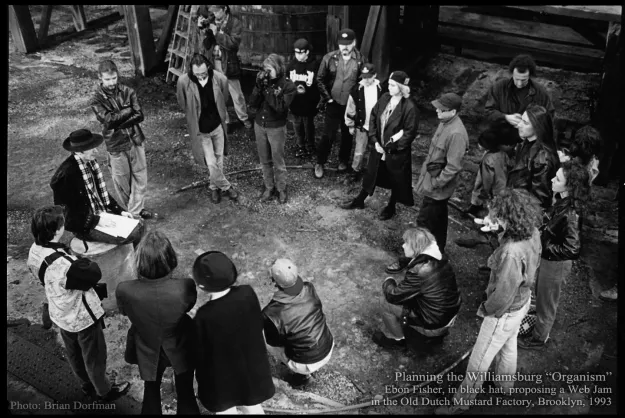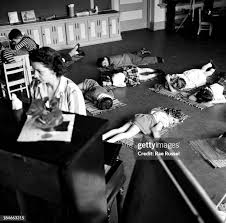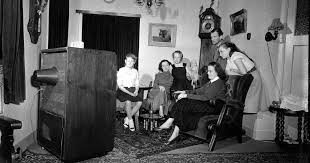When Kindergarten Still Had Quiet: How We Lost Naptime — and What It Cost Us

When Kindergarten Still Had Quiet: How We Lost Naptime — and What It Cost Us
In the classrooms of the 1950s, every kindergartener knew the daily ritual. At a certain point in the afternoon, crayons were set down, lights dimmed, and a gentle record player filled the room with soft music. Teachers moved quietly between rows of small mats, whispering, “Close your eyes,” as children settled into stillness.
Naptime wasn’t considered a luxury or a break from learning — it was learning. Rest was seen as an essential part of early childhood development, a moment for young minds to reset, dream, or simply watch patterns of sunlight drift across the ceiling. Educators understood something that has since slipped away: children grow through calm as much as through activity.
But as academic pressures increased, the school day changed. By the late 1960s and into the 1980s, standardized tests and “school readiness” became priorities. Kindergarten transformed from a gentle introduction to group learning into the first rung of an academic ladder. Quiet mats were rolled up, lights stayed bright, and the record players disappeared.
Today, many five-year-olds spend longer hours in structured lessons than third-graders did in the mid-20th century. Their days are tightly scheduled, filled with literacy blocks, math routines, assessments, and expectations that leave little room for pause. The stillness that once balanced the school day has been replaced by constant motion — and we’re left wondering why children are more anxious, more restless, and more overwhelmed.
Child development experts now argue what teachers once instinctively knew: rest is not the opposite of learning; it is one of its foundations. Downtime strengthens memory, supports emotional regulation, and fuels creativity. Without it, young children lose something vital.
Perhaps it’s time to reconsider what we removed in the rush to accelerate achievement. Maybe growth doesn’t happen only in the busy hours, but in the quiet ones too.
Even big kids — and adults — need a little naptime sometimes.











